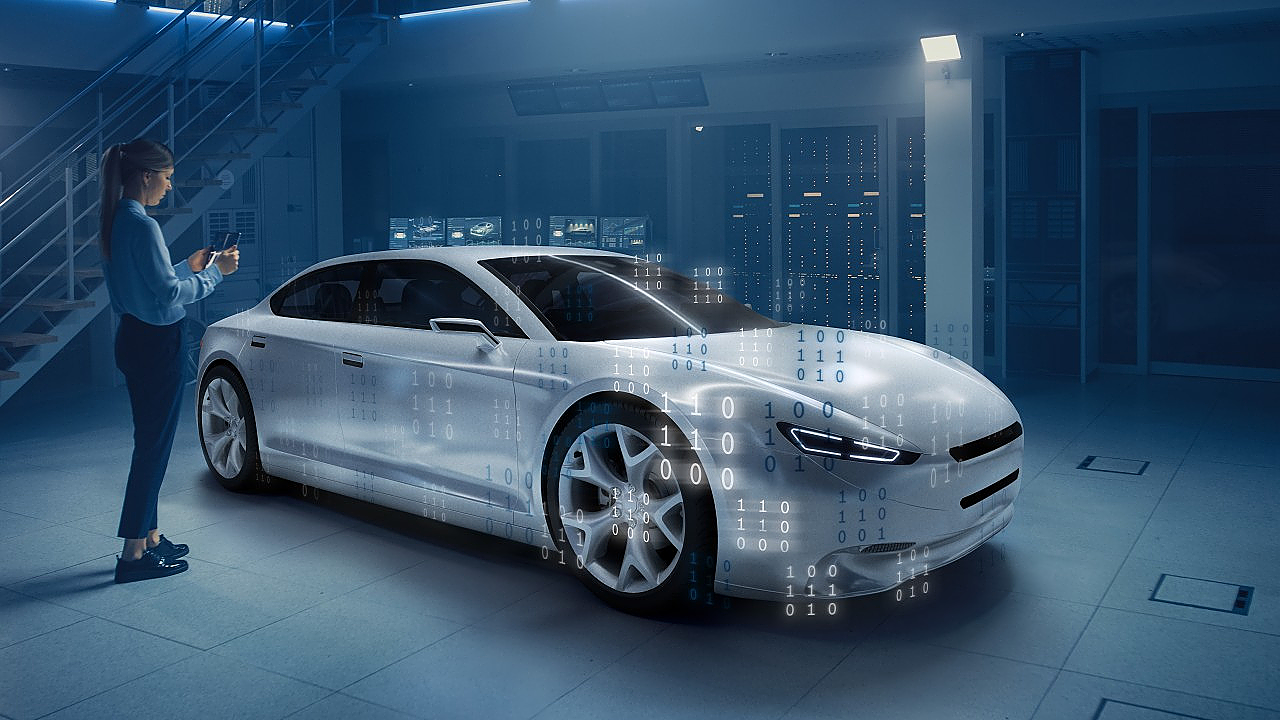
Though it is universally accepted that change is the only constant in life, the one element that defies this is the 'expectations' of the customers. The very 'expectation' has not changed, but what they expect changes faster than we think.
Prime among a few options to help OEMs mitigate this situation is the software, which comes as a rescue team for the vehicle makers as it helps in offering several features without significant hardware changes.
Of late majority of the end-users of cars expect their vehicles to be fully integrated into their digital lives, which calls for the implementation of several features, including new connectivity, automation, and personalisation, which is possible in the future only with software. The customer’s car experience was primarily defined by hardware in the past; however, the software is now taking on a much more critical role.
This trend of software shapes the customer experience monumentally, and in some cases, even the hardware specification is referred to as the 'software-defined vehicle' (SWdV). This evolution affects development and operation and makes new business models and types of collaboration possible. It enables the OEMs to activate features individually according to the specific needs of every customer.
Technology company Bosch views that these challenges also present opportunities. With regular updates, the vehicle's value can not only be maintained but also increased throughout the entire life cycle.
However, the practical issue is that no single company can perform all the tasks. Like in an orchestra, where there is a role for every individual musician to play, to tune in a piece of music, experts from industry and the scientific community now want to work together in the automotive domain to create standardised rules and processes. It will also enable various electronic players across the vehicle to not get out of sync. After all, ensuring concerted interaction between all these systems is essential if new functions in and around the vehicle are to be developed more quickly in the future and reach drivers safely – throughout the vehicle’s life. Therefore, 13 companies and research institutions have joined to work, since August 2021, in the publicly funded “Software-Defined Car” project (SofDCar). The three-year project is funded with a grant of about € 43 million from the German Federal Ministry for Economic Affairs and Energy (BMWi).
The project partners from industry include BooleWorks GmbH, ETAS GmbH, Mercedes-Benz AG, P3 digital services GmbH, T-Systems International GmbH, Vector Informatik GmbH, ZF Friedrichshafen AG, and, as an associated partner, the Baden-Württemberg state agency e-mobil BW GmbH. Renowned scientific institutions are also participating: the University of Stuttgart, the Research Institute of Automotive Engineering and Vehicle Engines Stuttgart (FKSF), the FZI Research Center for Information Technology, and the Karlsruhe Institute of Technology (KIT).
With this new approach to software and data, the consortium is laying the foundations for much greater flexibility in dealing with new functions and data relating to modern vehicles.
Managing Data Complexity
Some of today’s vehicles already feature more than 100 control units – and this complexity of electrical and electronic systems and their architecture is only going to increase in the future. However, the challenge is to manage the complexity, ensuring smooth updation of vehicles' functions, any time in its service life. In addition, there is a need for a set of rules governing the smooth interaction of the various in-car electronic components and systems. The SofDCar project aims to establish rules and processes for controlling all software updates and upgrades in the future and a consistent functional and IT-security methodology to which they should adhere. This will prevent individual programmes from interfering with each other and ensure they function properly within the system, without error.
Dr Andreas Westendorf, Leader of the Consortium and the representative of Bosch, says, “The SofDCar project has taken on the task of mapping the IT jungle in the car. Our objective is to bring fundamental order to the processes for creating and maintaining software for the vehicle domain via modern, cross-company development tool chains and DevOps methods.”
New Avtar Of Digital Twin
Part of the project involves developing an extended digital twin – a virtual image of the vehicle’s development and runtime data. In the future, this twin will encompass the data distributed across the vehicle and in the cloud – from the time a vehicle is manufactured until it is scrapped. This goes far beyond what was previously meant by the term digital twin: for the first time, it covers the entire life cycle of a modern vehicle, including the cloud domain, apps, backend systems, and development systems.
Ultimately, the project aims to ensure a single, unbroken information flow of vehicle data and software versions run through all databases and servers. This will make it easier and quicker to implement software updates and new digital functions and services at any time. “The digital twin is the car’s IT-optimised partner, turning it into a modern electronic device in the cloud as well,” adds Westendorf.